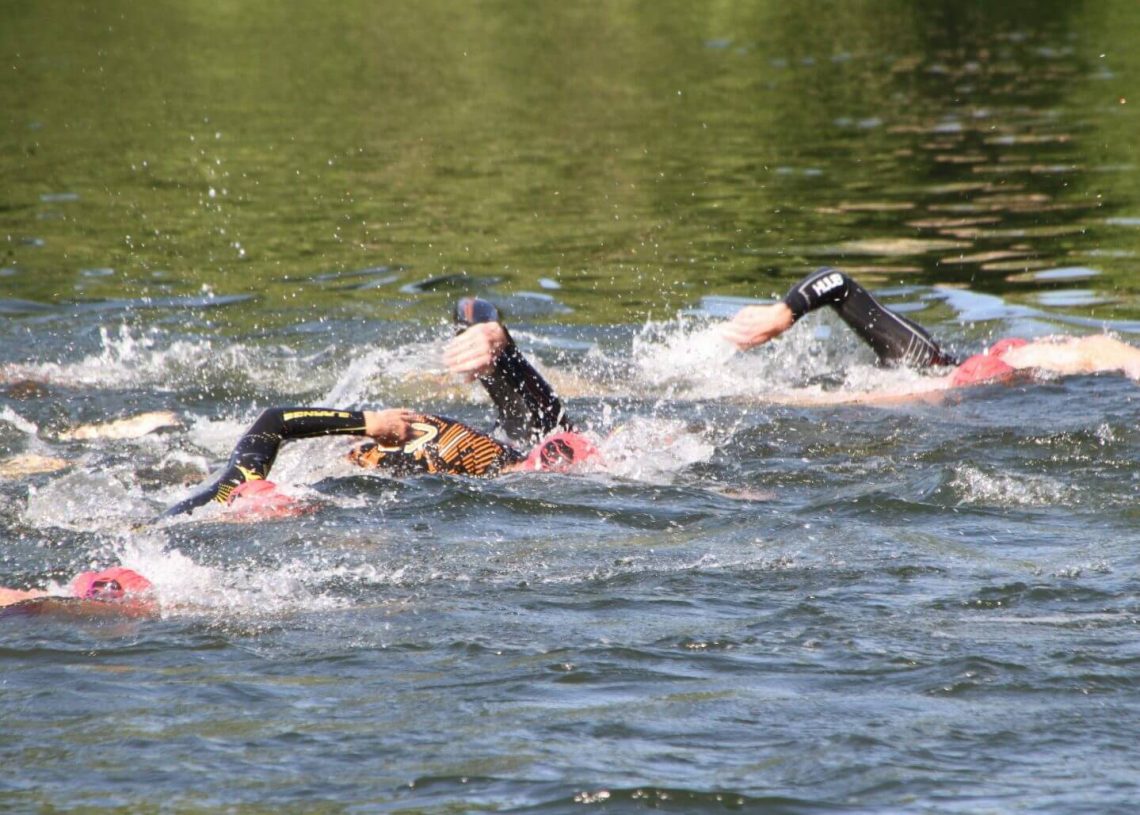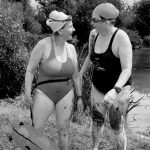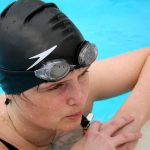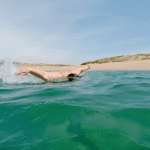
9 ways to become a faster swimmer this year
Small changes can make a big difference over 12 months
Becoming a better swimmer happens through deliberate and long-term focus rather than any radical overnight change. It requires consistent effort and attention, and progress is often slow. But over the course of a year, you should be able to make measurable improvements, whether that’s in your speed, endurance or open water skills. The problem is often either not having sufficient motivation or not knowing what to work on to make a difference. Here are nine suggestions to help you become a better swimmer this year.
1. Commit to a total distance goal for the year
Developing a consistent swimming habit can work wonders for your fitness, speed and comfort in the water. One way to help you achieve this is to set an ambitious total distance target for the year. Work out what this equates to per week and divide it by the number of times you want to swim each week to find your target distance per session.
Last year we held a Million Metre Challenge – to swim 1,000,000 metres over the year. This works out as 19,178m per week. If you swim four times each week, you’ll need to average 4,794m per session. I’d round this up to 5km per swim to build up a cushion to allow for the occasional day off or holiday.
If 1,000,000 is a stretch, then try 500,000, or a distance you think will be challenging but achievable. Monitor your progress weekly and monthly to ensure you’re on target.
2. Swim all four competitive swimming strokes
If you don’t do this already, try to do at least a little of each of butterfly, backstroke, breaststroke and front crawl each week. If you mainly swim front crawl for events and challenges, you may worry that time spent on other strokes is wasted, but that’s not the case. There are benefits to swimming the other strokes that will help your front crawl, plus they add variety to your training.
3. Leave your equipment behind sometimes
Triathletes are more guilty of this than swimmers, but you don’t need a box full of kit for every training session. Fins, paddles, floats, snorkels and the rest of it have their place and using them appropriately will help your swimming, but never let them become a crutch. I find it liberating to turn up to a training session with just my costume, a pair of goggles and a towel. Swim and enjoy your natural connection with the water.
4. Add regular mobility exercises
Mobility and range of movement impact how you swim. A relatively easy way to remember to add regular mobility exercises to your programme is to do 10 to 15 minutes before each swim. If time or lifestyle makes this difficult, then do it before just one of your weekly swims. Or find a dedicated time one morning each week. If you don’t know where to start, then consider doing a few yoga or Pilates classes or asking a coach for recommendations.
5. Add strength training
For years, I ignored this. If I had time to train, I’d rather swim than lift weights. However, last year, I replaced a weekly swim session with a weights session and after a couple of months I felt more powerful in the water, and a niggling injury that had been bothering me for months cleared up. The latter may have been a coincidence but strength training is considered to be protective against injuries. That doesn’t stop it from being dull and I haven’t learned to enjoy lifting weights but I find the motivation by reminding myself of the benefits.
6. Get professional advice on any injuries or restrictions
If you have any injury or niggle restricting you from doing the swimming you’d like to, then consider getting professional help. Some swimming injuries are caused by poor swimming technique and a swimming coach may be able to help you. A sports physiotherapist is also often a good place to start if you have existing injuries that need managing.
7. Improve your swimming technique
To a large degree, your speed through the water depends on good swimming technique. To improve, you need to have a reasonable idea of what good swimming technique looks and feels like, how you currently swim, and how to change from the latter to the former. You can get some of the way there by reading technical swimming books and articles, and watching videos and fast swimmers. Getting advice from a coach will also help. Try to incorporate appropriate drills or specific technique focus points in every swim session.
8. Develop your swimming self-awareness
Coordination while swimming is tricky. When swimming front crawl, we can’t see our legs or our arms while they are out of the water. We can’t see our hands enter the water without lifting our head, which changes the action anyway. We mostly have to rely on proprioception – how it feels. Practice concentrating on different body parts at a time and trying to monitor what they are doing. Can you feel your toes? How much does your leg bend? Are your hips rotating as you swim? How does the timing of your legs relate to your arms? The more you can sense and feel, the easier it becomes to make changes or notice when bad habits creep in.
9. Become better informed
Swimming never ceases to amaze me. There always seems something new to learn, whether it’s ideas for swimming faster, why our bodies react like they do in cold water or how to maximise the benefits of swimming. The more I know, the more interesting it becomes. You could start, for example, by reading my book (Swim Wild and Free: A Practical Guide to Swimming Outside 365 Days a Year). While there are lots of great swimming books out there, I’m biased and think mine’s a good place to start. I’d also recommend signing up to Outdoor Swimmer’s email newsletter and taking out a subscription to Outdoor Swimmer magazine (and as far as I know, there is no other print magazine about outdoor swimming).
While you might set yourself swimming goals and complete swimming challenges, becoming a better swimmer is a lifetime project. Enjoy the journey.
Photo: Outdoor Swimmer Henley Swim Festival.








